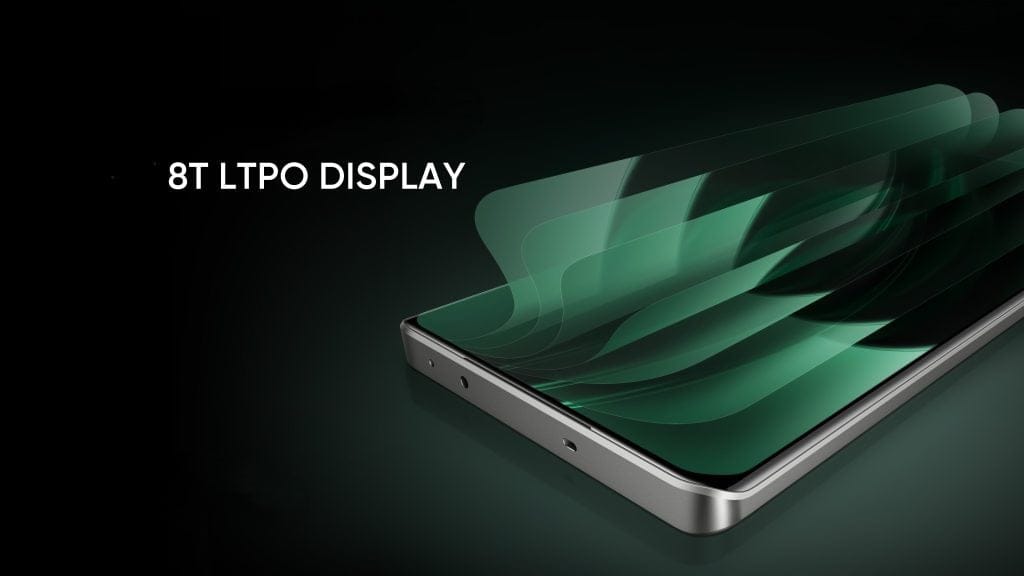With the launch of Android 15, Google has made a significant improvement for Android screens: real variable refresh rate (VRR) support. This new feature, known as adaptive refresh rate (ARR), allows screens to change their refresh rates on the fly based on the content being shown, which aims to decrease power usage and enhance the user experience.
Current Limitations of LTPO and VRR on Android Devices
For those curious about the VRR capabilities of 8T LTPO (Low-Temperature Polycrystalline Oxide) displays, it’s important to understand that these screens still switch between a set of fixed refresh rates instead of providing a true continuous range from 1Hz to 120Hz. Manufacturers set these displays to alternate among specific refresh rates like 1Hz, 10Hz, 30Hz, 60Hz, and up to 120Hz, depending on the content. For instance, I’ve never observed the 8T LTPO screen on the iQOO Neo9 Pro refresh at any rate other than those fixed options. This limitation is a result of Android’s software framework, which, until Android 15, has only allowed for discrete display modes.
Google’s Adaptive Refresh Rate Implementation in Android 15
With the introduction of Android 15, Google has revamped the display framework by adding genuine ARR (Adaptive Refresh Rate) support, allowing screens to modify their refresh rates within a single mode. This enhancement is made possible by updates to the Hardware Composer (HWC) hardware abstraction layer (HAL). Version 3 of the HWC HAL enables the system to optimize refresh rates by evaluating the type of content and adjusting the rates as needed, eliminating the need to switch modes. This change reduces occurrences of “jank,” or visual hiccups, that often came from switching display modes in older Android versions.
Does Hardware Support Exist?
However, to enable ARR, there is a need for compatible hardware. Devices must support HWC HAL version 3, which is found on select recent models like smartphones using Qualcomm’s Snapdragon 8 Elite processor. Older devices that receive Android 15 may not gain ARR due to the lack of hardware or kernel support. Unfortunately, Google’s ARR method won’t provide the same real-time sync for gaming found on PCs, as it only allows refresh rates that match “divisors of the panel’s tearing effect (TE).” While this ARR enhancement is exciting, its widespread use will rely on hardware compatibility and manufacturers’ readiness to implement HWC HAL v3, potentially limiting the feature to newer flagship devices. Nevertheless, the addition of true VRR capability by Google marks a notable advancement towards a more flexible and energy-efficient display experience on Android.



Leave a Reply